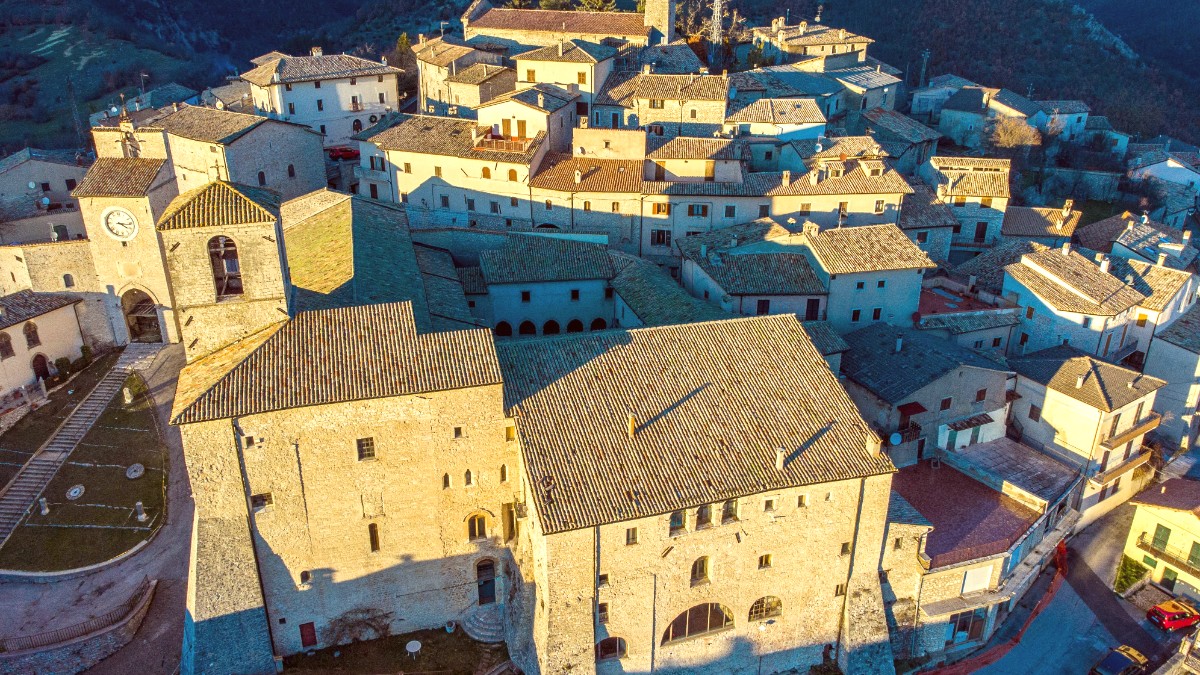
Umbria And Le Marche, Italy
Spoleto has something for every visitor, whether you seek quiet contemplation, artistic inspiration, or outdoor adventures. You find a city where beauty and tradition meet. Consider Spoleto for a true Italian experience away from larger, often more crowded, tourist centers. Here, local life continues alongside visitors exploring its many attractions. The town feels authentic, welcoming, and deeply connected to its Umbrian heritage. Its position on a hill gives stunning views of the surrounding countryside, a landscape of rolling hills, olive groves, and vineyards. Spoleto gives a journey into the soul of Italy, promising memories that last long after you leave.
Spoleto invites a slower pace, perfect for discovering its rich history and local culture. Its unique blend of ancient roots and contemporary arts makes for a memorable visit.
The town is a testament to Umbria's enduring traditions, offering a peaceful retreat into Italy's heartland.
Spoleto is in the southern part of Umbria, a region known for its rolling hills and green landscapes. This town rises on the slopes of Sant'Elia Hill, overlooking the wide valley of the River Tessino. Its elevated position gives it a natural defense and gives visitors sweeping panoramic views of the surrounding countryside. From many points in town, you see olive groves, vineyards, and other medieval hill towns dotting the horizon.
The town’s layout follows the contours of the hill, with winding, steep streets. These streets are often connected by a system of escalators and moving walkways, known as the Percorso Meccanizzato. This system makes moving through the town's vertical landscape easier for visitors. Spoleto is not on a coast and does not have access to large bodies of water, but its inland location allows it to preserve a distinct Umbrian identity.
Lies on the main railway line connecting Rome to Ancona.
Easy to reach Assisi, Perugia, Montefalco, and Orvieto.
Low mountain ranges, including Monti Martani, offer outdoor activities.
Warm summers and cool, sometimes snowy, winters for year-round visits.
A system of escalators and moving walkways aids town navigation.
Spoleto is central within Italy. It lies conveniently on the main railway line that connects Rome to Ancona, making it accessible from major Italian cities. This location makes Spoleto an ideal base for exploring other renowned Umbrian towns.
The town’s surroundings are marked by low mountain ranges, including the Monti Martani to the west. These provide opportunities for hiking and enjoying nature. The climate, influenced by these hills, includes warm summers and cool, sometimes snowy, winters. This geographical context makes Spoleto a destination for various activities throughout the year.
Plan for walking shoes. Spoleto's hilly terrain and cobblestone streets are best explored with comfortable, supportive footwear.
Spoleto offers a journey into the soul of Italy, promising lasting memories.
Spoleto has a long, layered history, reaching back to pre-Roman times. Its past shapes its present, visible in every building and ruin.
The town was first settled by the Umbrians, an ancient Italic tribe. Later, it became a Roman colony in 241 BC, named Spoletium. During the Roman era, Spoleto was a strategic outpost, controlling important trade routes. Evidence of its Roman past remains today. You see the Roman Theatre, the Arch of Drusus and Germanicus, and the Casa Romana. These structures offer a direct link to the town’s ancient foundations.
From the 6th to 8th century, Spoleto was a powerful Lombard state, leaving a distinct architectural and cultural heritage.
Throughout the Middle Ages, Spoleto came under Papal States control, leading to the construction of the Rocca Albornoziana.
Since 1958, Gian Carlo Menotti's arts festival transformed Spoleto into a major cultural hub.
The Basilica of San Salvatore, an UNESCO World Heritage site, gives a rare example of early Christian and Lombard architecture.
Preserves medieval character with narrow streets and charming piazzas, mostly pedestrianized.
Extend outside old walls, offer commercial services and vehicle access.
Outside festival times, Spoleto offers a tranquil pace for authentic local life.
From quaint B&Bs in historic buildings to comfortable hotels and agriturismos.
Celebrates Umbria's rustic flavors, with many trattorias.
Olive oil production, markets with local produce, cheeses, and cured meats.